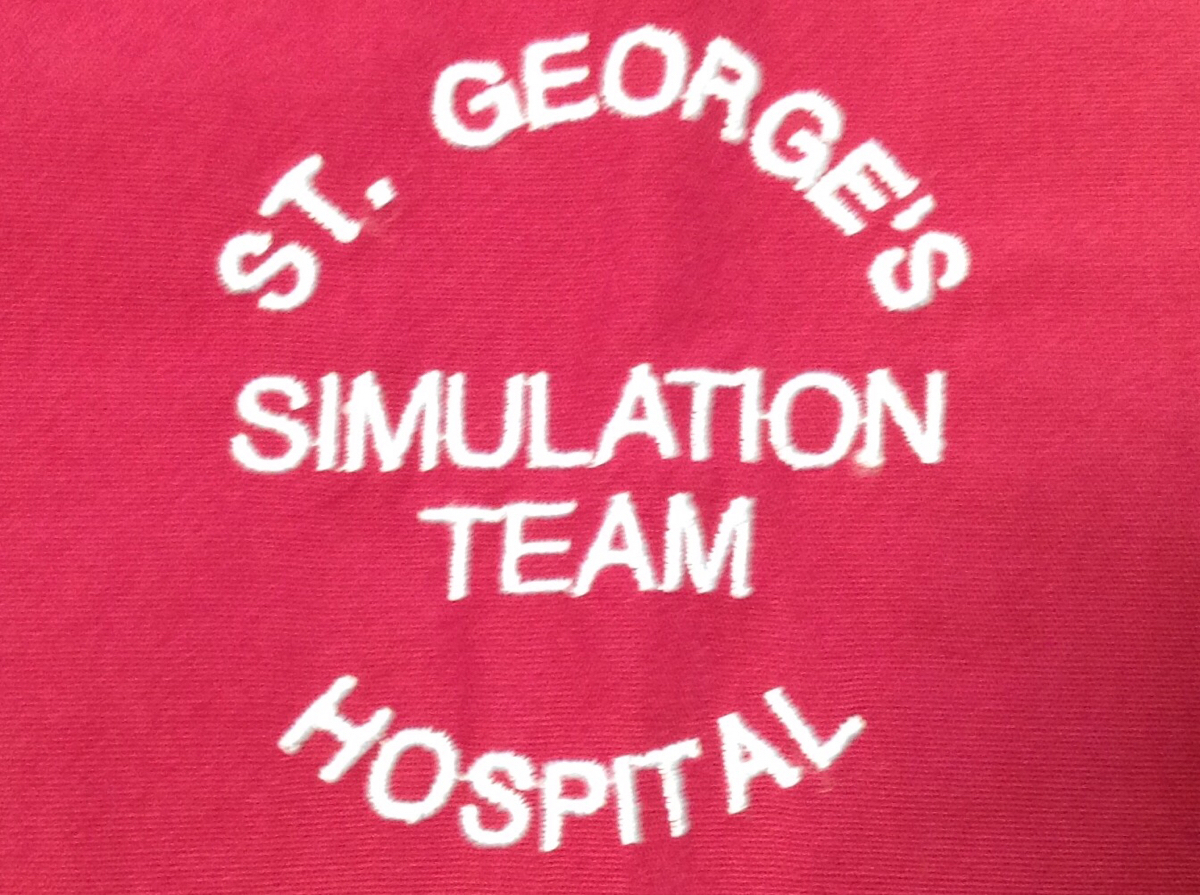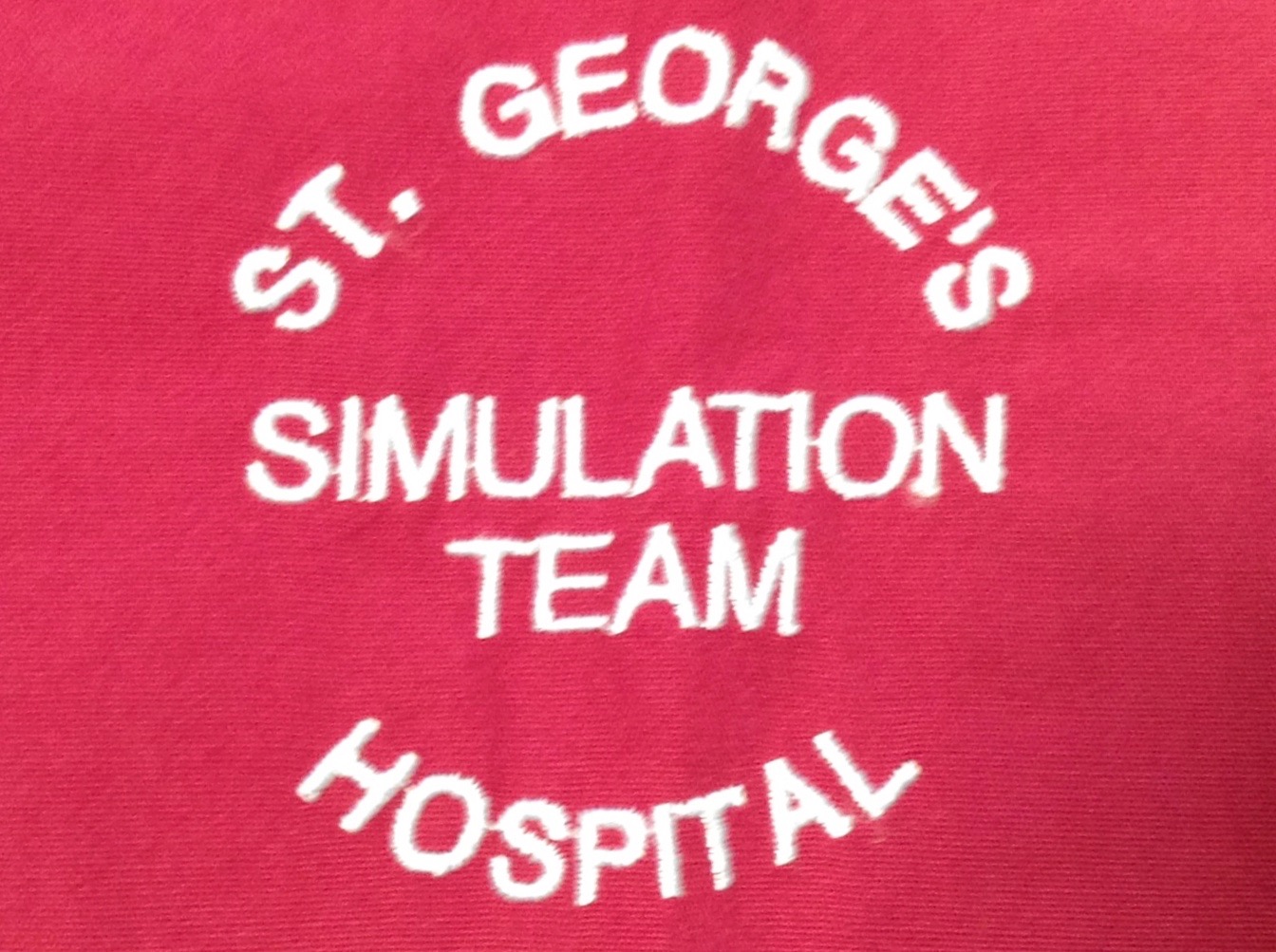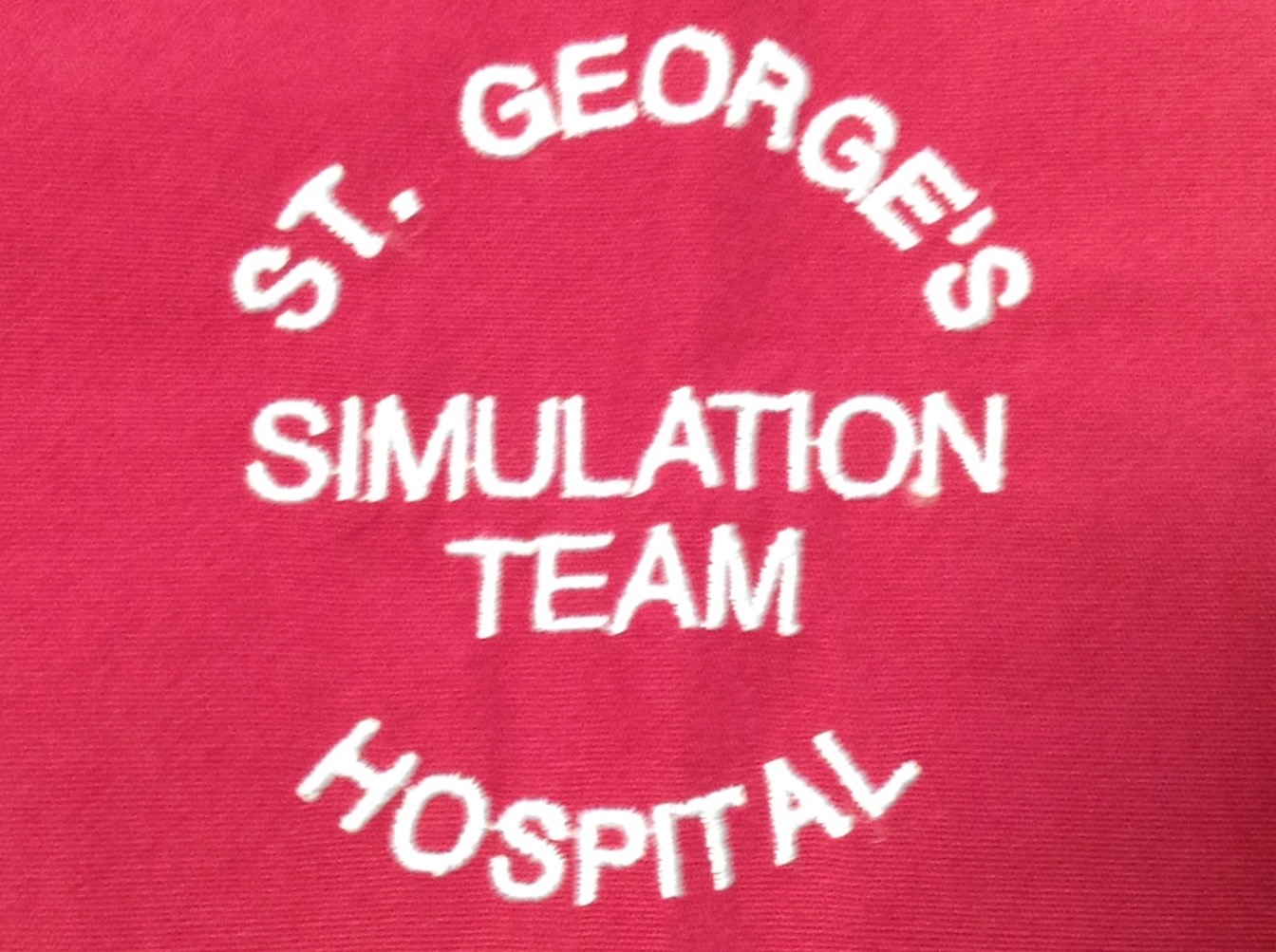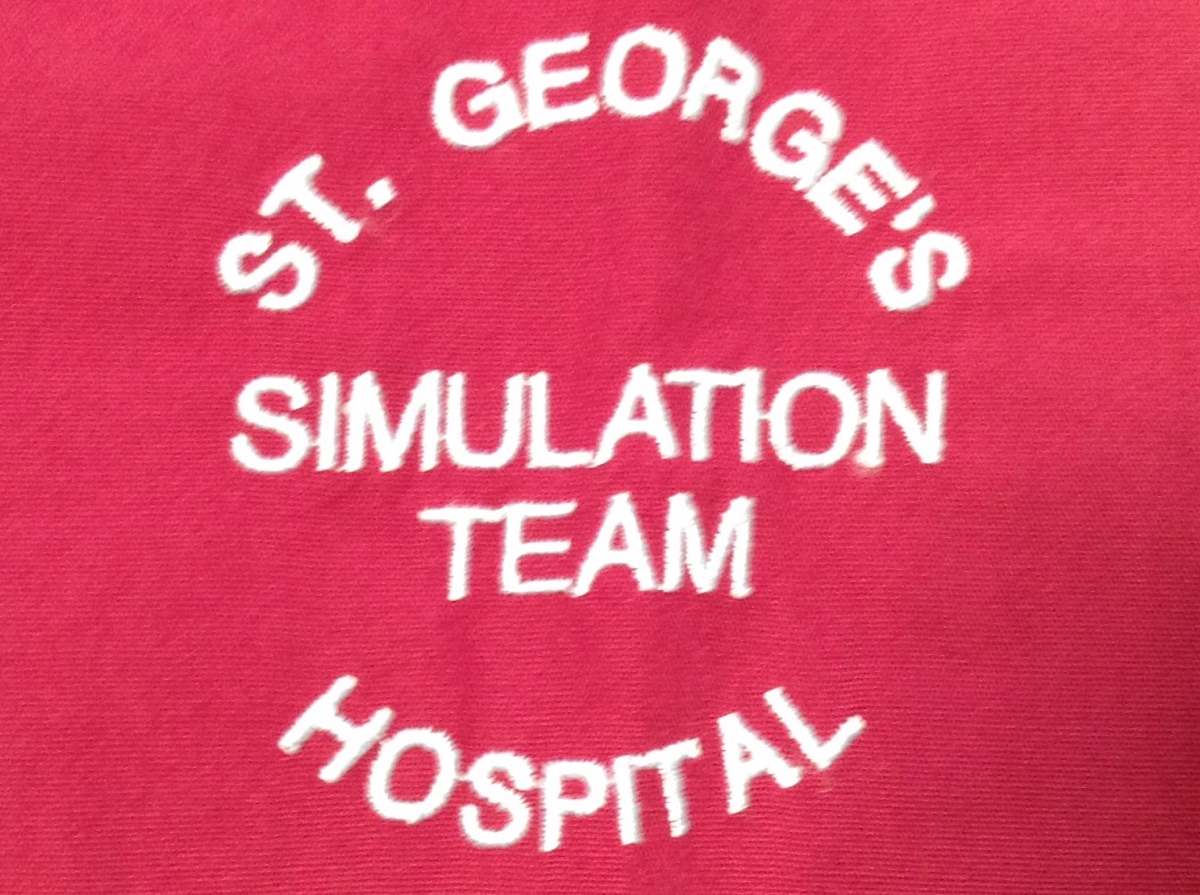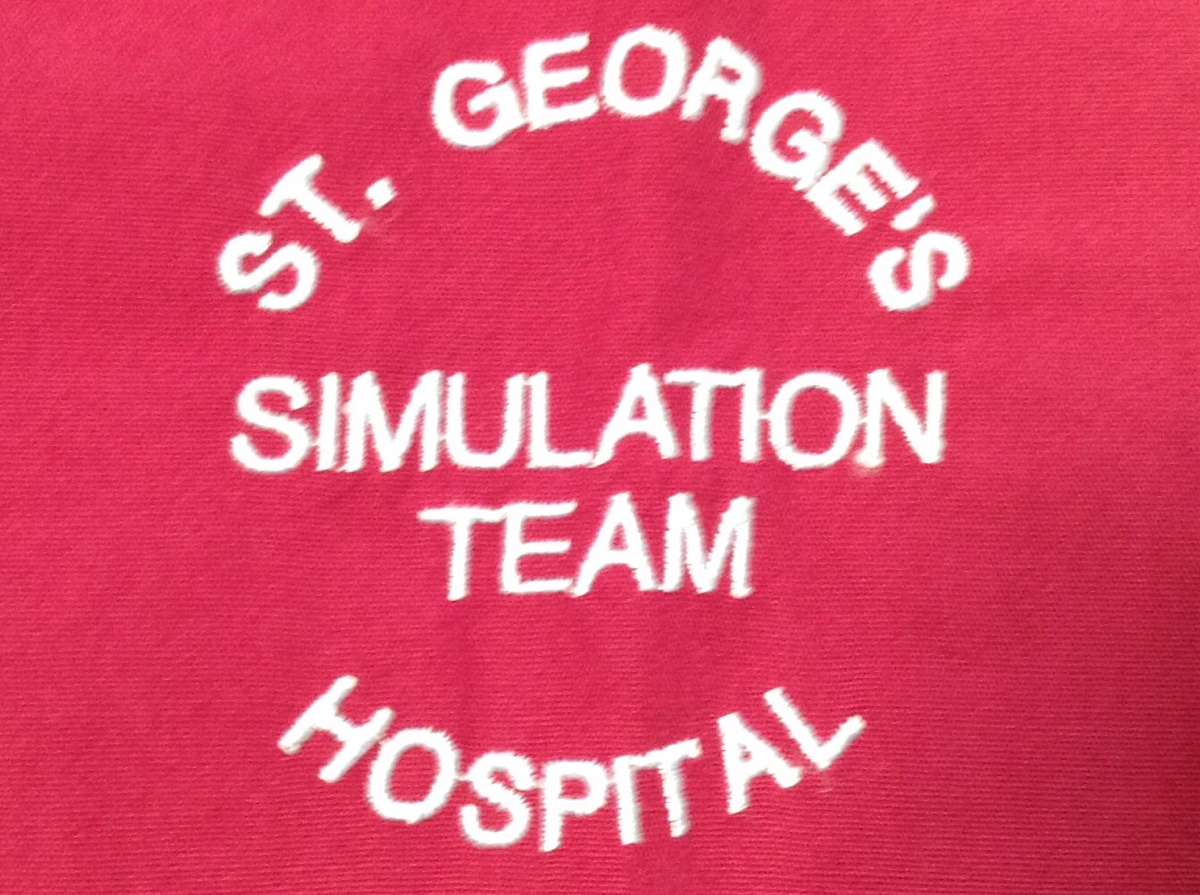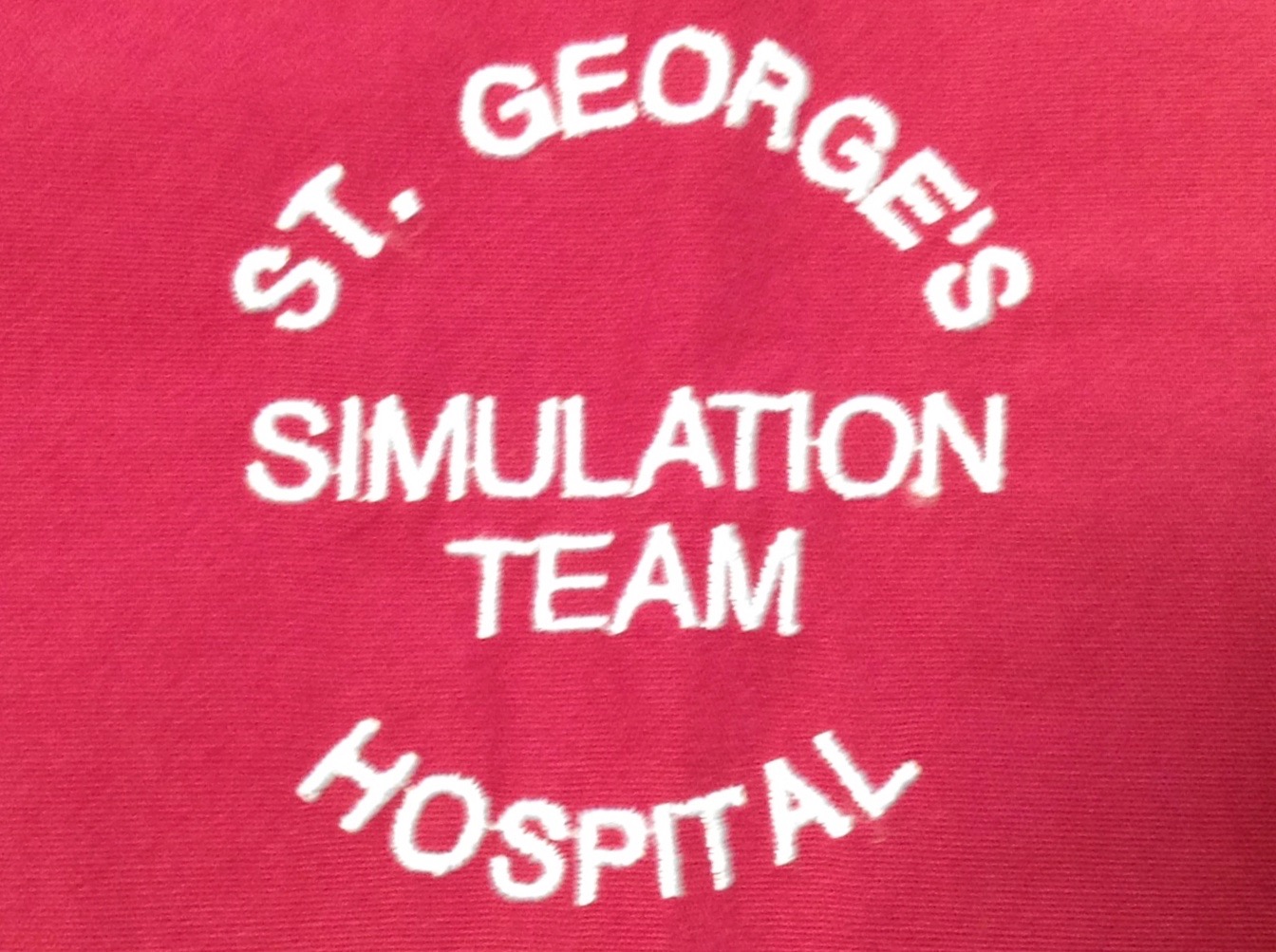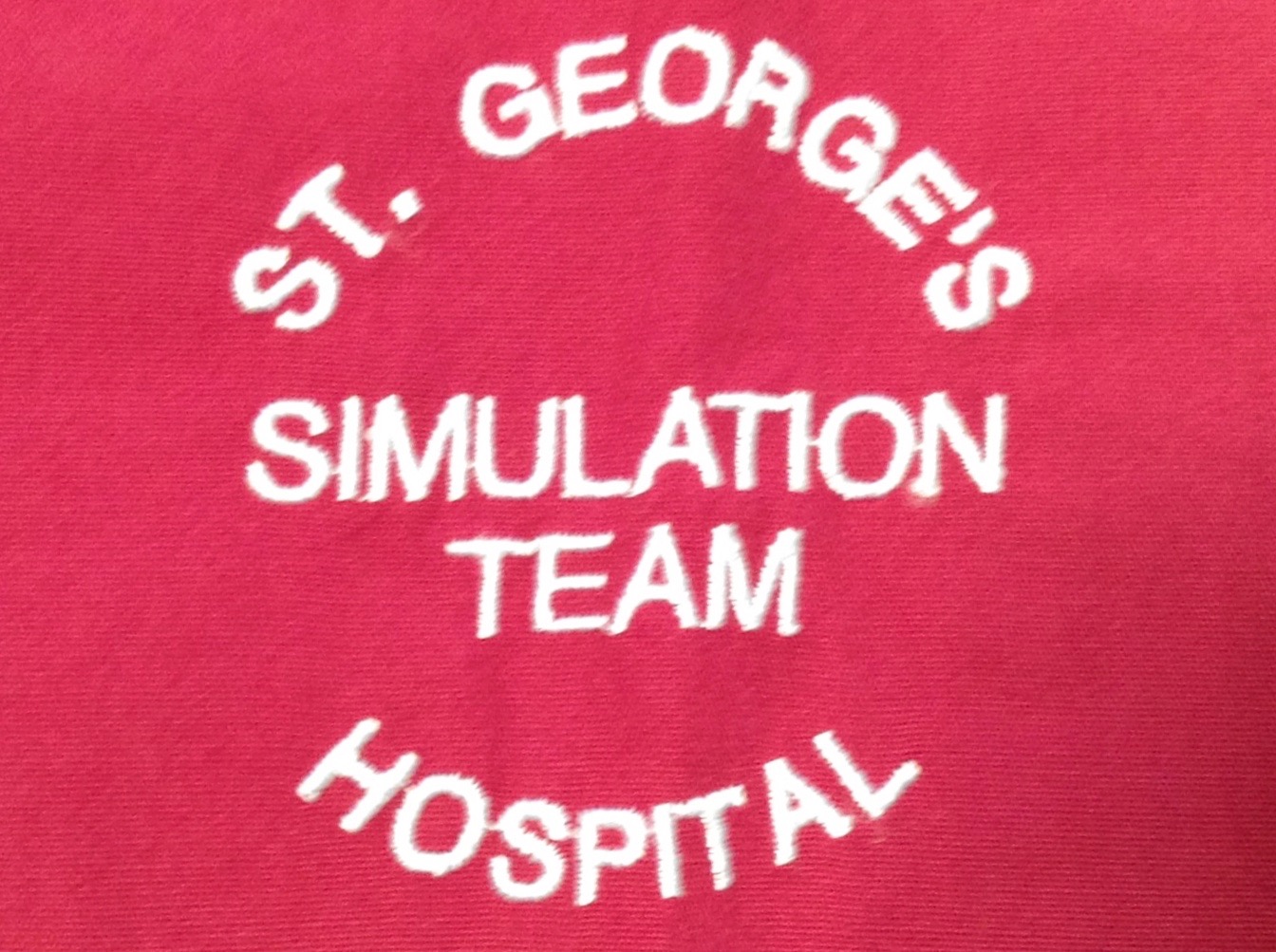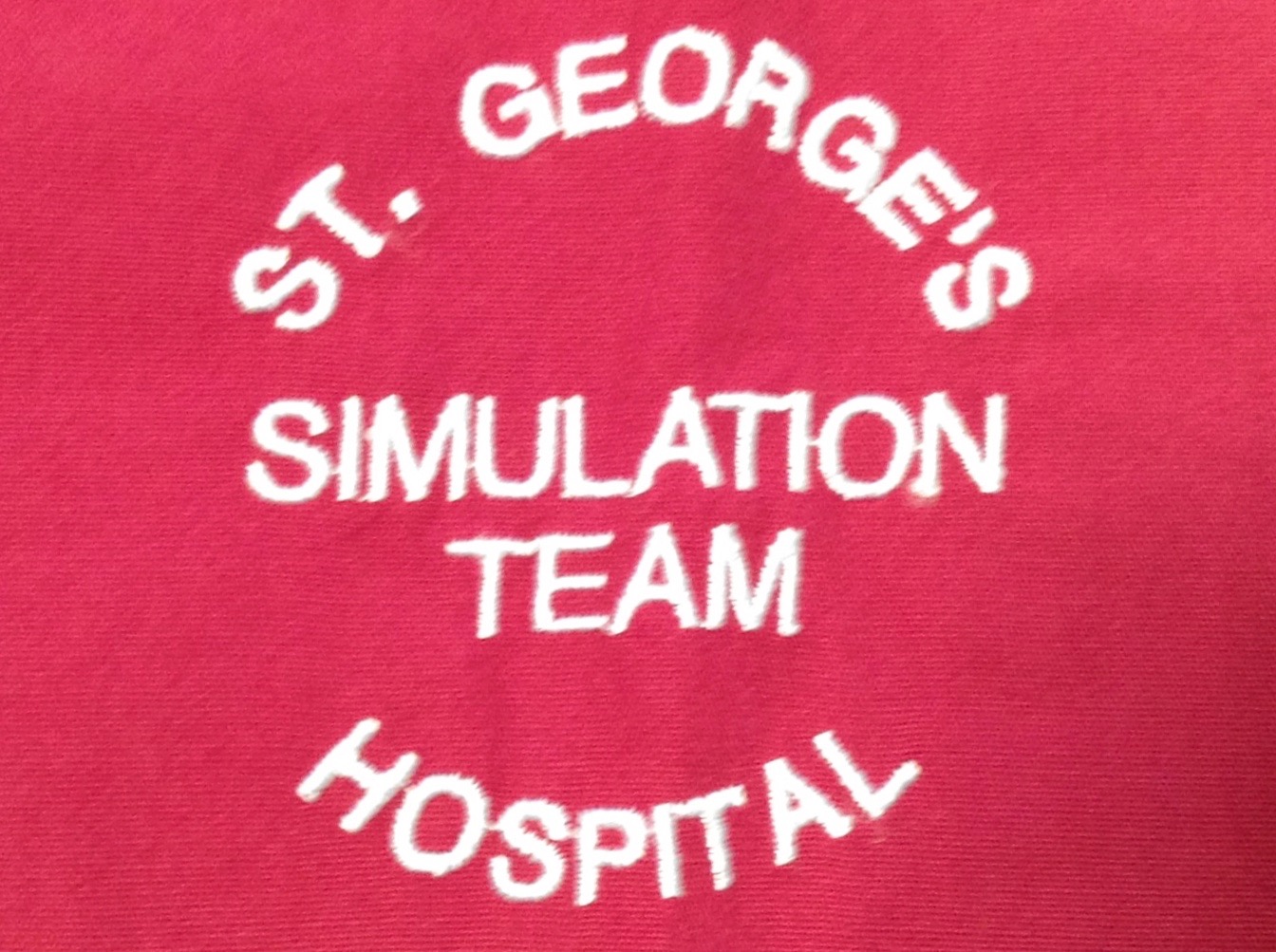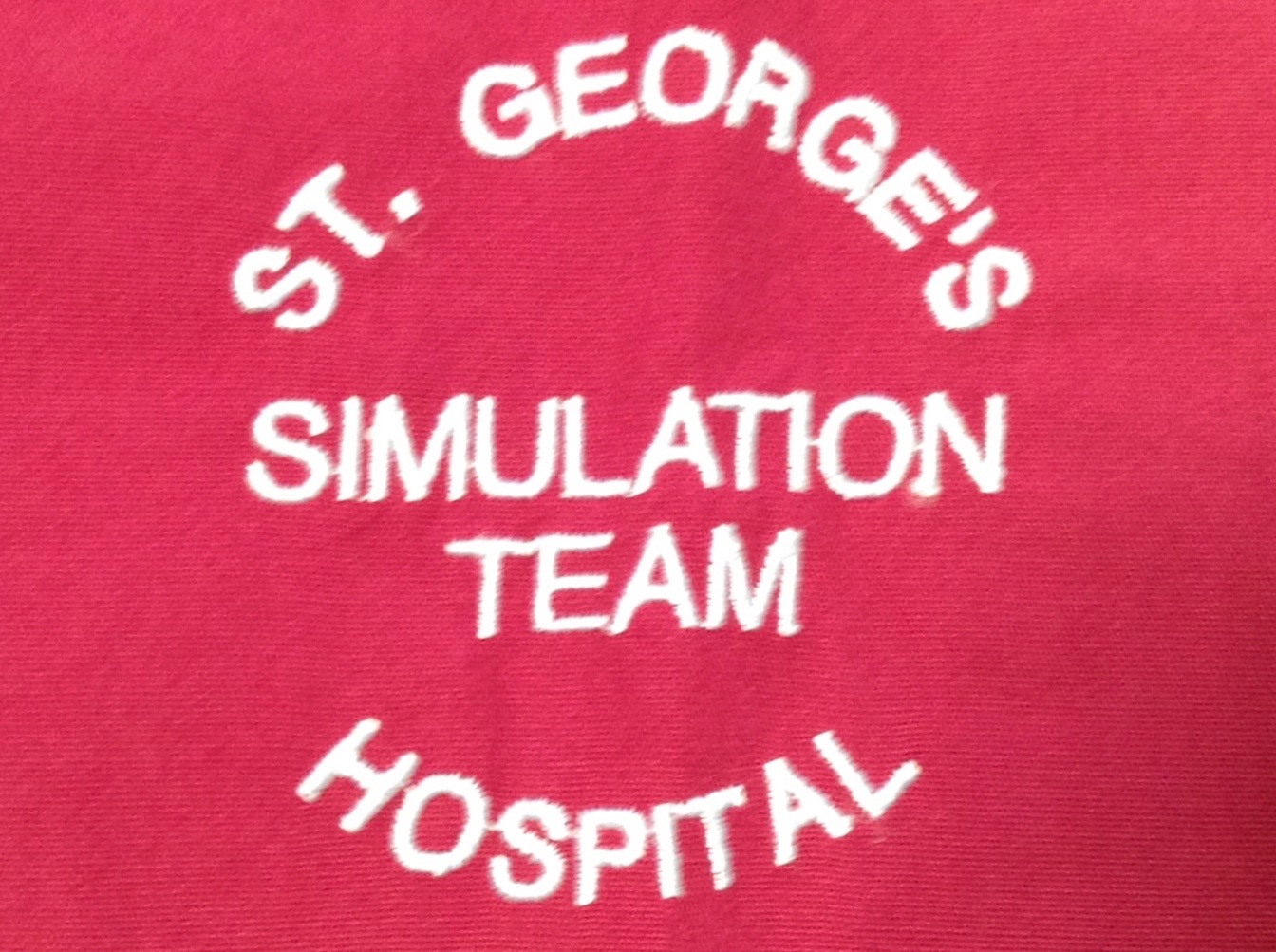Information
-
Document No.
-
Audit Title
-
Place of Observation
-
Conducted on
-
Prepared by
-
Location
-
Personnel
Instructions
-
Purpose
This peer feedback tool is for multidisciplinary clinical teachers who incorporate simulation-based learning in their teaching. -
Before you Start
1. Review the form with the teacher being observed 2. Discuss what areas for feedback are a priority for the teacher being observed
3. Decide the time frame of observation(s)
4. Once completed, discuss your observation with the teacher before signing off.
Teacher and Programme Details
-
Teacher/Facilitator's Name
-
Role/Position
-
Course Name
-
Date & Time
-
Purpose of Observation
- Faculty Development
- Train-the-Trainer
- Appraisal
- Referral
-
Name of Peer Observer
-
Type of Teaching Session
- Workshop
- Small group work
- In situ simulation
- Laboratory simulation
- Patient simulators
- Simulated-patient
- Part-task simulators
- Bed side teaching
- Clinical skills teaching
- Short Lecture
-
Type of Learner Group
- Nurses
- Doctors
- Midwives
- Trainees
- Consultants
- Health Care Assistants
- Physician Assistants
- Medical students
- Nursing students
- Other health care professionals
-
Number of learners
- 1-4
- 5-8
- 9-12
- 13-16
- 17-20
- >20
-
Duration of Observation
-
Location
Preparation for Observations
-
Is the teacher also the course developer/designer
-
Tick the bow if you reviewed the from with the teacher before observations started
-
What areas for feedback did the teacher identify as personally important?
-
Photo of Teaching Context
Clinical Simulation & Teaching
-
Tick the box if the facilitator is teaching with simulators or simulated patients
-
The facilitator conducted a pre-simulation briefing with learners<br>
-
Put the learners at ease and created a supportive and motivating environment.
-
Gave learners a clear conception of the structure and goals of the learning activity
-
Explored learners' expectations and personal learning priorities (e.g. for feedback)
-
Made standards explicit on how individual or team performance would be judged
-
Encouraged learners to mentally simulate and anticipate behaviors in the upcoming task (e.g. with 'What if ...?' questions
-
Add comments
Clinical Simulation - Task Management & Leadership
-
Tick the box if the facilitator ran the simulation exercise
-
Has a clear understanding of the design, aims and expected outcomes of the simulation scenario
-
Works effectively with support staff to set up and trouble shoot the simulation task (e.g. checking technology, documentation or coordinating actors)
-
Monitors the simulation task and takes leadership when required - e.g to direct clinical progression or to pause or stop the exercise
-
Uses different strategies to support learning in simulation (e.g.using time out, bed-side teaching, phone a friend)
-
Links simulation-based learning to safety theory and wider system issues regarding professional practice.
-
Is effective in focussing on both clinical and non technical issues related to the simulation tasks.
-
Keeps to timings in running the simulation tasks
-
Add Comments
-
Add a photo of the exercise
Clinical Simulation - Debriefing
-
You can base your observations on a single debrief or a series of different ones across the programme
-
Tick the box if the facilitator led the debriefing session
-
Allows all the simulation participants to come out of role (e.g. How was that? What was challenging for the team? )
-
Explains structure of session, people's roles, and recalls learning objectives - including individual and team feedback priorities
-
Creates conditions so that learners take an active part in the debrief
-
Prompts learners to actively seek feedback on what is important to them.
-
Ensures that discussions about what people observed are analytical - (e.g. WHAT specific behaviors contributed to shared understandings in the team)
-
Re-aligns discussion to key learning themes, if necessary, and signposts transitions to different topics clearly.<br>
-
Uses a variety of questioning techniques so that all learners are involved.
-
Uses techniques like 'pair-work' to generate discussion and or to give practice in specific skills (e.g. SBAR handovers)
-
Shares expertise and probes reasoning without being judgmental (e.g. using advocacy and inquiry techniques)
-
Reinforces areas of good practice to be shared.
-
Monitors group understanding and highlights take home messages (e.g. asking learners to summarize key points)
-
Elicits future strategies to bridge performance gaps.
-
Uses different teaching resources effectively (e.g. white boards, video, observer sheets)
-
Add Comments
-
Draw the layout of the session
Small Group Facilitation
-
Tick the box if you observed a small group teaching session
-
Sets clear goals for small group learning tasks and gives clear instructions.
-
Enables group interactions by generating a positive atmosphere where learners feel safe to speak up or make mistakes.
-
Builds on and relates tasks to prior knowledge and experience of learners.
-
Promotes critical thinking ad collective problem solving.
-
Use a variety of group dynamic techniques including:
- Active listening
- Reinforcing
- Clarifying
- Open questions
- Synthesising
- Non-verbal direction
- What if questions
- Silent monitoring
- Advocacy & Inquiry
- Signposting
-
Is sensitive to teacher talk and avoids dominating the conversation
-
Add comments
-
Take a picture of the session
Interprofessional Learning
-
Tick the box if the programme is multidisciplinary
-
Arranges seating and tasks to maximizes interaction between different professional roles
-
Participants have opportunities to learn with from and about each other
-
Questioning gives equal opportunities to different roles to engage in the discussion
-
Add comments
-
Add photo of interprofessional activity
General Teacher Traits
-
Tick the box to rate general teacher characteristics you observed
-
How would you rate this teacher's effectiveness today? Indicate your agreement with the statements on a scale of 1-5
[ 5=Strongly Agree. 3= Neutral. 1= Strongly Disagree -
Spoke clearly and audibly at appropriate speed
-
Made sure learners understood activities and task goals
-
Showed enthusiasm for teaching
-
Exhibited empathy and concern for learners
-
Used first names consistently
-
Body language and eye contact was appropriate to engage learners
-
Related to learners and stimulated their interest in the course
-
Was sensitive to excessive teaching talking
-
Was able to draw in all the participants by catering to different learning needs and personality types
-
Fostered equal opportunities for all participants to contribute to activities - e.g. especially regarding gender differences, job roles, non native speakers
-
Gave constructive feedback consistently to individuals and teams
-
Was well organized and prepared
-
Add comments
Participant Feedback and Documentation
-
Tick the box if feedback documentation is available
-
Tick the sources of feedback available for this course
- Attendance Register
- Online course evaluation
- Badges
- Paper-based evaluation
- Pre-post tests
- Video playback
- Staff evaluation
- Test results
-
The facilitator reviewed and/or discussed participant feedback with colleagues at the end of the course
Teaching Development & Recommendations
-
Before completing this section discuss your observations with the teacher you observed.
-
Examples of Excellent Practice
-
Areas for Development
-
Suggestions for Improvement
-
Teacher's Response to Feedback
-
General Comments
-
Global Evaluation of Teaching Session Today.
Sign Off
-
Observer's Signature
-
Teacher's Signature
